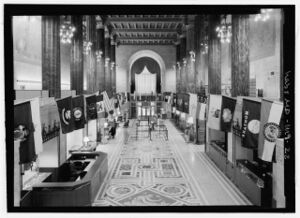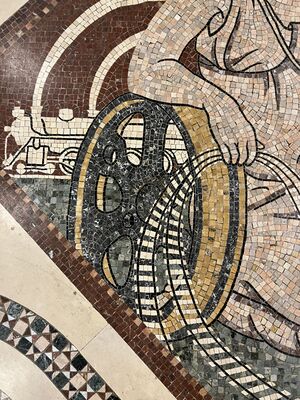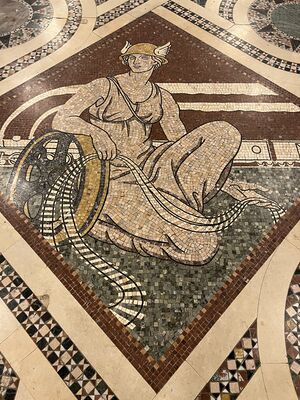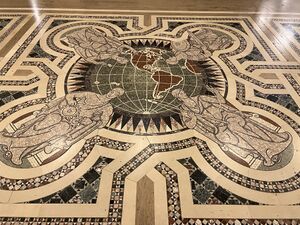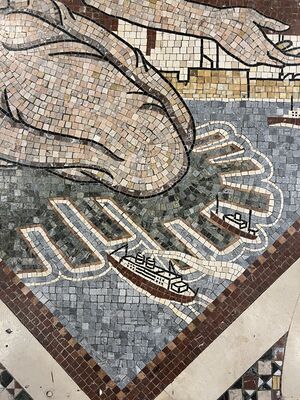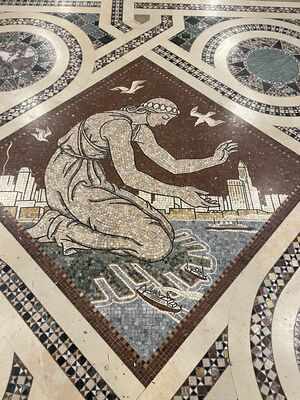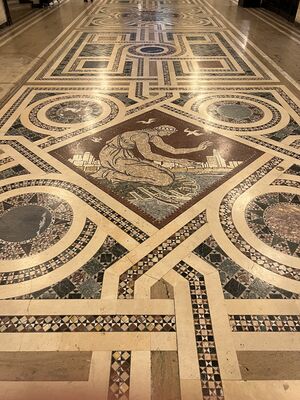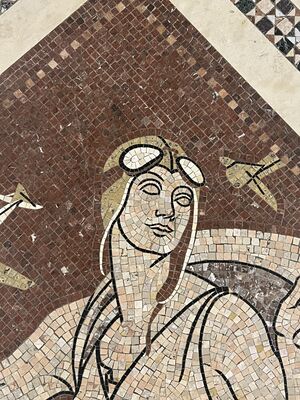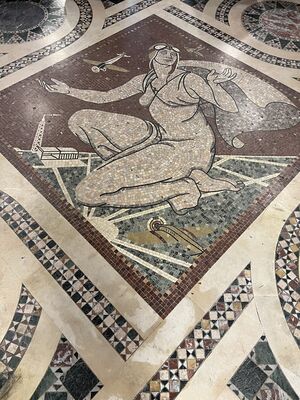Difference between revisions of "10 Light Street"
| Line 17: | Line 17: | ||
|demolished_approx=No | |demolished_approx=No | ||
}} | }} | ||
| − | 10 Light Street has been known by many names—“Baltimore Trust Company Building,” “Maryland National Bank Building,” “Bank of America Building.” Under any | + | 10 Light Street has been known by many names—“Baltimore Trust Company Building,” “Maryland National Bank Building,” “Bank of America Building.” Under any of these associations, this 34-story skyscraper has long been a striking feature of Baltimore's skyline. Designed by architectural firm Taylor & Fisher, construction took eighteen months. When it was finished in 1929, it was the tallest building in Maryland; in fact, it was the tallest building south of New York City. Fashioned out of Indiana sandstone and local brick over a steel frame, it cost $3 million to build. A fun fact about 10 Light Street is that every brick had to be carried up on someone’s back because they didn’t use a crane. |
Before the Baltimore Trust Company moved into the building in 1929, the stock market crashed, and in 1933, after the Baltimore Trust Company went bankrupt, the building was left vacant The empty building got used by the New Deal’s Public Works Administration. Since then, it's been occupied by several other banks (Maryland National Bank, Commercial National Bank, Bank of America) and law firms (Semmes, Bowen, & Semmes; Miles & Stockbridge). But plans were put in place in 2012 to convert a majority of the building into 445 residential apartments. A portion of the ground floor has also been converted and is now being occupied by FX Studios & Under Armor Performance Center. | Before the Baltimore Trust Company moved into the building in 1929, the stock market crashed, and in 1933, after the Baltimore Trust Company went bankrupt, the building was left vacant The empty building got used by the New Deal’s Public Works Administration. Since then, it's been occupied by several other banks (Maryland National Bank, Commercial National Bank, Bank of America) and law firms (Semmes, Bowen, & Semmes; Miles & Stockbridge). But plans were put in place in 2012 to convert a majority of the building into 445 residential apartments. A portion of the ground floor has also been converted and is now being occupied by FX Studios & Under Armor Performance Center. | ||
Revision as of 09:51, July 5, 2022
| 10 Light Street | |
|---|---|
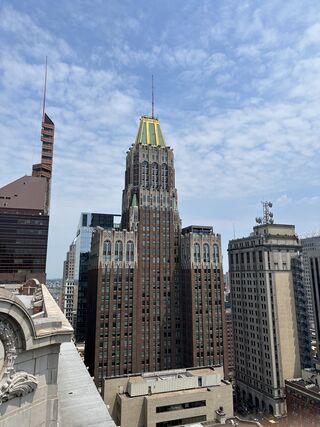
| |
| Site Information | |
| Address | 10 Light Street |
| Geo-reference | 39°17′21″N 76°36′51″W / 39.28922°N 76.61411°W |
| Building Data | |
| Architectural Style | Art Deco |
| Design | |
| Architect | Robert E. Lee Taylor |
| Architecture Firm | Taylor and Fisher |
| Construction | |
| Completed | 1929 |
10 Light Street has been known by many names—“Baltimore Trust Company Building,” “Maryland National Bank Building,” “Bank of America Building.” Under any of these associations, this 34-story skyscraper has long been a striking feature of Baltimore's skyline. Designed by architectural firm Taylor & Fisher, construction took eighteen months. When it was finished in 1929, it was the tallest building in Maryland; in fact, it was the tallest building south of New York City. Fashioned out of Indiana sandstone and local brick over a steel frame, it cost $3 million to build. A fun fact about 10 Light Street is that every brick had to be carried up on someone’s back because they didn’t use a crane.
Before the Baltimore Trust Company moved into the building in 1929, the stock market crashed, and in 1933, after the Baltimore Trust Company went bankrupt, the building was left vacant The empty building got used by the New Deal’s Public Works Administration. Since then, it's been occupied by several other banks (Maryland National Bank, Commercial National Bank, Bank of America) and law firms (Semmes, Bowen, & Semmes; Miles & Stockbridge). But plans were put in place in 2012 to convert a majority of the building into 445 residential apartments. A portion of the ground floor has also been converted and is now being occupied by FX Studios & Under Armor Performance Center.
Here are images of Hildreth Meière's mosaic floor in the lobby of 10 Light Street. The Cosmatesque style was derived from trends popular in Rome during the twelfth and thirteenth centuries. The figures represent primary industries in Baltimore at the time.
